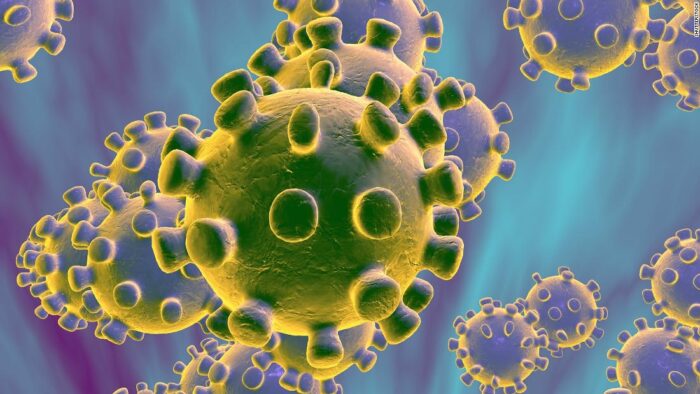An important point to note is that having a stuffy/runny nose and sneezing doesn’t mean that a person has coronavirus.
As the number of coronavirus cases rise, some key differences set it apart from the seasonal flu and common cold – mainly the intensity of the symptoms and the recovery period. All three, however, are spread by air-borne respiratory droplets and contaminated surfaces.
Here is a guide to identify the differences between the three conditions:
In case of coronavirus, the onset is sudden. The symptoms are fever, dry cough, muscle ache and fatigue. Some of the infected people can also experience less common symptoms like headache, coughing up blood and diarrhoea.
The incubation period for Covid-19 is between 1-14 days and may even go up to 24 days. The road to recovery is rather long – in mild cases it’s two weeks, but in sever cases, it may take six weeks to recover. No specific medicine or anti-viral drugs are available; only symptoms can be treated. 
When it comes to seasonal flu, the onset is abrupt with coronavirus-like symptom: fever, dry cough, muscle ache and fatigue. The other common symptoms include sore throat, runny or stuffy nose. The less common symptoms, however, include diarrhoea and vomiting. The incubation period for seasonal flu is between 1 and four days and recovery period if one week. Some of the severe cases may take two weeks to recover fully.
An annual seasonal flu vaccine is available as cure.
The common cold, meanwhile, sets is gradually and can last for a week. The symptoms are runny/stuffy nose, sneezing and sore throat. Some of the symptoms include low grade fever, muscle of body ache, headache and fatigue. The incubation period is 2-3 days, but some of the severe cases can last upto 10 days. There is no specific treatment, though some medicines are given for symptoms.
On Friday, China reported 143 new cases of infection and 30 new deaths, almost all in the epicentre of Wuhan and surrounding Hubei province. That brings China’s totals to 3,042 deaths and 80,552 cases, more than 80 per cent of the world’s cases.




